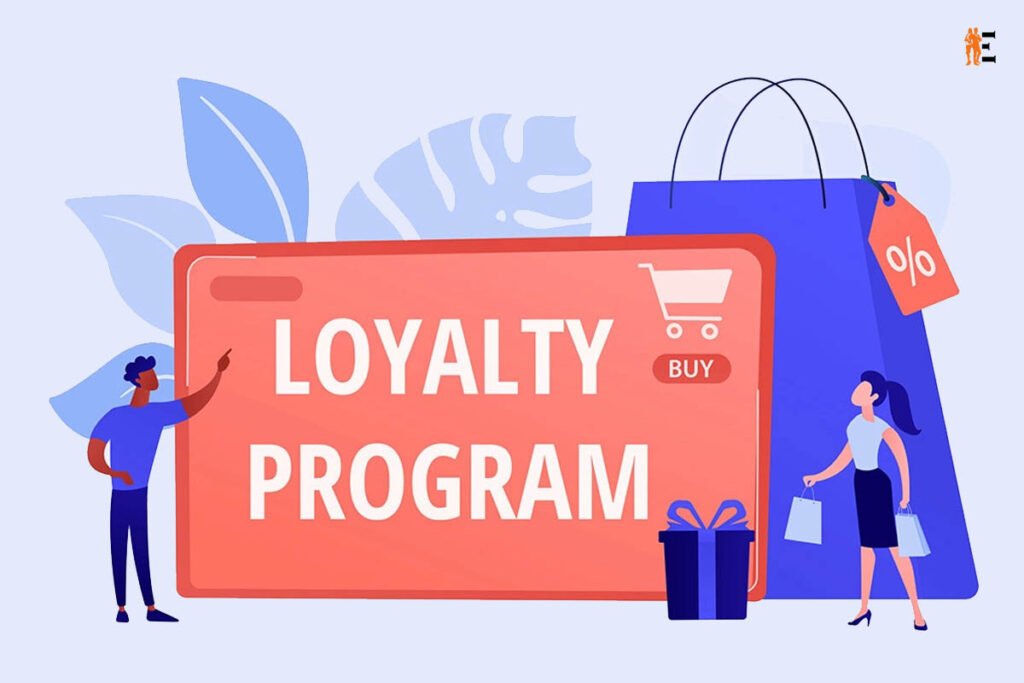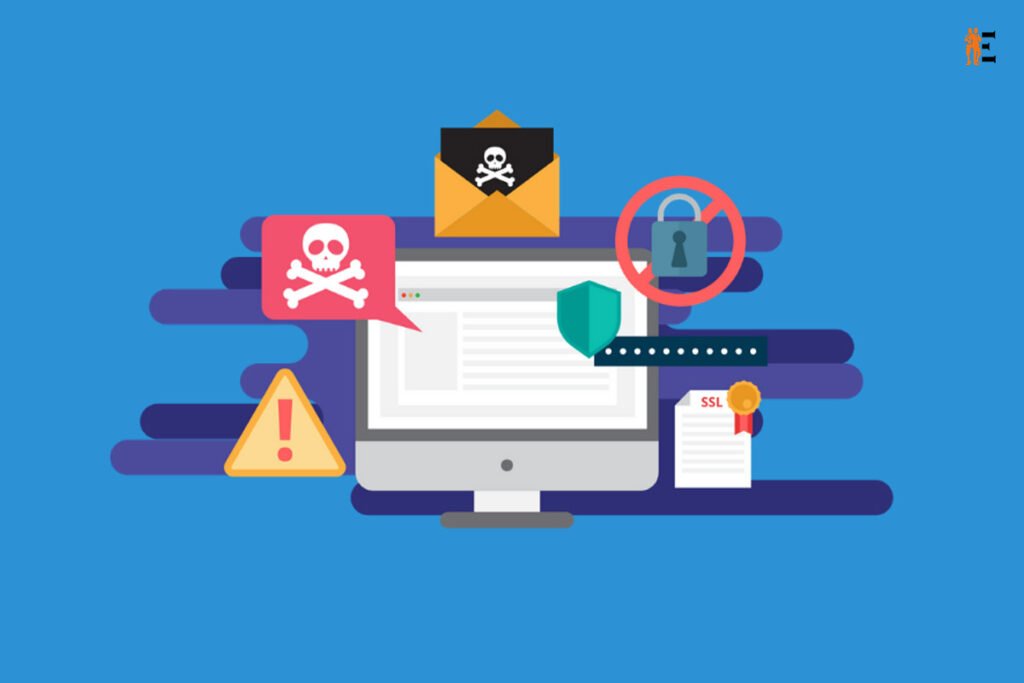Loyalty programs have been a popular marketing strategy for many years, offering businesses a way to incentivize customers to return and make repeat purchases. These programs typically involve offering rewards or discounts to customers who make a certain number of purchases, spend a certain amount of money, or take other specified actions.
With the increasing prevalence of digital technology in our daily lives, businesses are turning to digital loyalty programs for businesses as a way to engage with their customers in new ways. Digital loyalty programs offer several advantages over traditional paper-based programs, such as increased convenience, greater flexibility, and enhanced data collection and analysis capabilities.
However, digital loyalty programs also come with their own set of challenges and potential drawbacks. In this article, we will explore the pros and cons of digital loyalty programs for businesses and discuss how businesses can determine whether these programs are right for them.
Here are 8 Things you want to know About Digital Loyalty Programs for Business;
1. Benefits of Digital Loyalty Programs for Business
One of the main advantages of digital loyalty programs is that they are more convenient and flexible for customers. With a traditional paper-based program, customers typically have to carry around a physical loyalty card or remember to bring it with them each time they visit the store. Digital loyalty programs, on the other hand, can be accessed through a mobile app or website, allowing customers to easily track their progress toward rewards and redeem them without needing to carry around a physical card.
Digital loyalty programs also offer greater flexibility in terms of the types of rewards that can be offered. With a paper-based program, businesses are typically limited to offering discounts or free products as rewards. Digital programs, however, can offer a wider range of rewards, such as exclusive content, personalized experiences, or access to special events.
Another advantage of digital loyalty programs is the ability to collect and analyze data on customer behavior. By tracking customer purchases and engagement with the loyalty program, businesses can gain valuable insights into customer preferences and behaviors, allowing them to tailor their marketing efforts and product offerings more effectively.
2. Challenges of Digital Loyalty Programs for Business
While digital loyalty programs for businesses offer several advantages over traditional paper-based programs, they also come with their own set of challenges and potential drawbacks. One of the main challenges is the need for businesses to invest in the necessary technology and infrastructure to support a digital loyalty program. This can include developing a mobile app or website, implementing a customer relationship management (CRM) system, and ensuring that data is securely stored and protected.

Another challenge is the potential for digital loyalty programs for businesses to be less personal or engaging than traditional programs. With a paper-based program, customers may have a more tangible connection to the program, such as receiving a physical card or stamp for each purchase. Digital programs, however, can feel more impersonal, especially if the program is not designed with the customer in mind.
Additionally, digital loyalty programs for businesses may be less effective for certain types of businesses or industries. For example, businesses that rely heavily on in-person interactions, such as restaurants or brick-and-mortar retailers, may struggle to implement a digital loyalty program that effectively engages customers and encourages repeat business.
3. Determining Whether Digital Loyalty Programs Are Right for Your Business
Despite the challenges and potential drawbacks, digital loyalty programs for businesses can be an effective way to engage with customers and drive repeat business. However, before implementing a digital loyalty program, businesses should carefully consider several key factors to determine whether the program is a good fit for their specific needs and goals.
4. Understanding Your Customer Base
The first step in determining whether a digital loyalty program is right for your business is to understand your customer base. Who are your customers, what motivates them to make purchases, and how do they prefer to engage with your brand? By answering these questions, you can better identify the types of rewards and incentives that are most likely to resonate with your customers and design a loyalty program that effectively meets their needs and expectations.
5. Evaluating Your Business Goals

In addition to understanding your customers, it’s important to evaluate your overall business goals and how a digital loyalty program can help you achieve them. Are you looking to increase customer retention, drive repeat business, or gain insights into customer behavior? By identifying your goals and objectives upfront, you can ensure that your loyalty program is designed with these goals in mind and that you have the necessary metrics and data to track your progress and measure success.
6. Assessing Your Resources and Infrastructure
Another key factor to consider when evaluating whether a digital loyalty program is right for your business is your existing resources and infrastructure. Do you have the necessary technology and systems in place to support a digital loyalty program, such as a mobile app or website, CRM system, and data analytics tools? If not, you may need to invest in these resources upfront in order to effectively implement and manage a loyalty program.
7. Identifying the Right Rewards and Incentives
One of the most critical factors in the success of a loyalty program is the types of rewards and incentives that are offered. When designing a digital loyalty program, it’s important to identify the types of rewards that are most likely to motivate your customers and encourage repeat business. This may include discounts or free products, personalized experiences, exclusive content, or access to special events. By understanding what motivates your customers and offering rewards that are valuable and relevant to them, you can increase engagement and retention in your loyalty program.
8. Ensuring Security and Data Privacy

Finally, when implementing a digital loyalty program, it’s important to ensure that customer data is securely stored and protected. This may involve implementing encryption and other security measures, as well as ensuring compliance with data privacy regulations such as GDPR or CCPA. By prioritizing data security and privacy, you can build trust with your customers and ensure that they feel comfortable sharing their data with your business.
BOTTOM LINE
In summary, digital loyalty programs for businesses offer several advantages over traditional paper-based programs, including increased convenience, flexibility, and data collection and analysis capabilities. However, these programs also come with their own set of challenges and potential drawbacks, such as the need for technology and infrastructure investment and the potential for less personal or engaging experiences for customers.
When determining whether a digital loyalty program is right for your business, it’s important to consider factors such as understanding your customer base, evaluating your business goals, assessing your resources and infrastructure, identifying the right rewards and incentives, and ensuring security and data privacy. By carefully evaluating these factors and designing a loyalty program that is tailored to your customers and business goals, you can effectively engage with your customers and drive repeat business.











